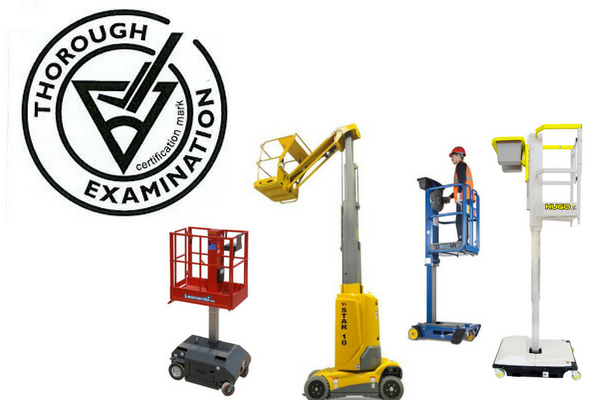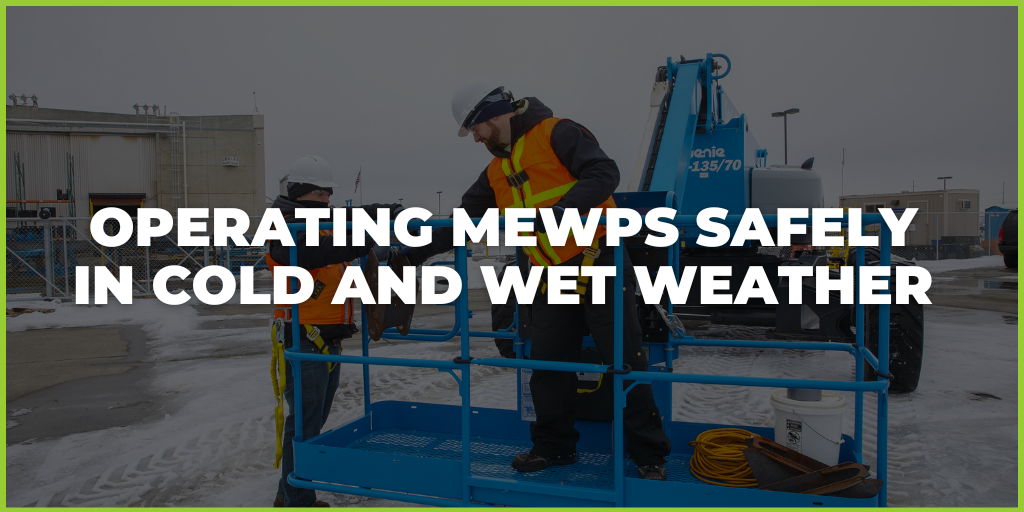‘It is against the law to use, or allow to be used, powered access equipment that does not have documented evidence of a thorough examination by a competent person,’ IPAF.
Safe and successful lifting operations largely depend on the continued safety and maintenance of the equipment used. This includes everything from daily pre-use checks, designed to spot any obvious technical issues before operating the machine, to formal thorough examinations completed normally every six months (in some cases more or less frequent).
Regular thorough examinations were made a legal requirement for the first time in 1998 with the introduction of Lifting Operations and Lifting Equipment Regulations (LOLER) and Provision and Use of Work Equipment Regulations (PUWER).
What is a thorough examination?
Thorough examination is a detailed and methodical examination of the equipment and safety-critical parts carried out by a competent person who must then complete a written report. This report needs to include:
- The examination date
- The date when the next thorough examination is due
- Detail of any defects found
The purpose of having your equipment thoroughly examined on a regular basis is so that you can effectively maintain its safe use and detect any technical issues or deterioration. During thorough examination even the simplest defects are inspected in-depth. The process involves the examination of components and systems and where necessary, dismantling, stripping of paint, measurement and non-destructive testing.
Thorough examinations should be completed by a ‘competent person’. While no law lays out specific requirements needed to prove the examiner’s level of competence, the LOLER Approved Code of Practice and guidance states that:
'You should ensure that the person carrying out a thorough examination has such appropriate practical and theoretical knowledge and experience of the lifting equipment to be thoroughly examined as will enable them to detect defects or weaknesses and to assess their importance in relation to the safety and continued use of the lifting equipment.'
Who is responsible for thorough examinations being carried out?
The correct answer is everyone involved, directly or indirectly, in the use of the equipment. This includes the owner or supplier of the machine, the hire company or cross-hirer, the user, the site owner, as well as the operator.
If platforms are used without confirmatory evidence of examination, such as a sticker identifying the date of previous examination, when the next one is due and a report reference, then everyone involved is liable to prosecution.
When should thorough examinations be carried out?
Thorough examinations are required throughout the lifetime of the machine and should be conducted every 6 months when it comes to lifting equipment and all lifting accessories or accessories used to lift people, that is unless there is a specific ‘examination scheme’ indicating other intervals.
Specific occasions when equipment should be thoroughly examined include:
- Before first time use, unless the equipment has an EC Declaration of Conformity less than one-year-old and was not assembled on site
- After assembly and before use at each location
- On a regular basis while the machine is in service
- Following exceptional circumstances such as damage or failure, being out of use for long periods of time and any other major changes (modifications, repair, etc.)
All lifting operations involving lifting equipment must be properly planned, supervised and carried out by a competent person. To find out more about the law and regulations around lifting equipment, download the LOLER 1998 breif guide below.





